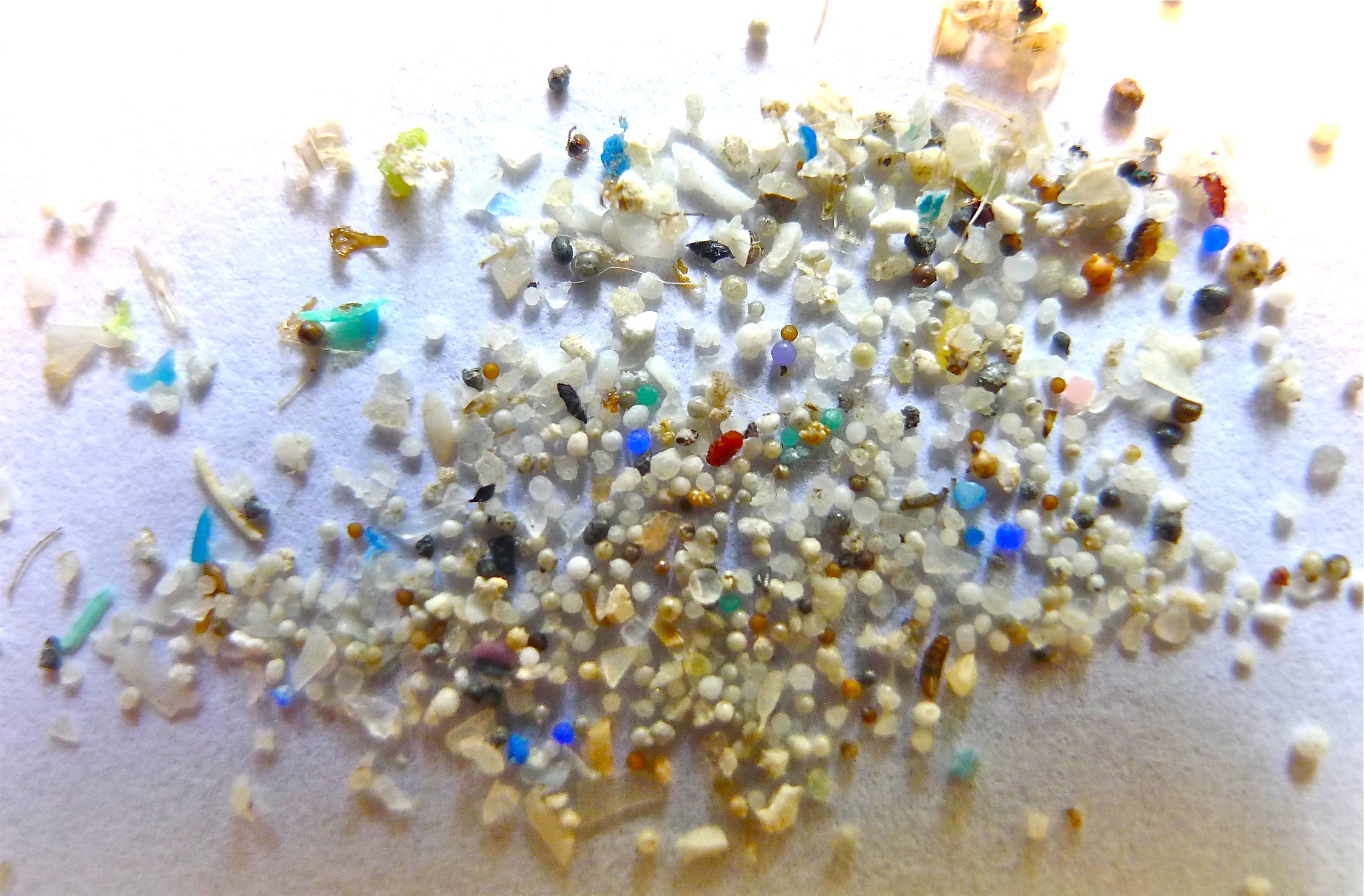Microplastics were present in most samples collected across 29 Auckland beaches and waterways, according to a study from Scion.
About 90 per cent of the microparticles collected were fibres, about a third of which were plant-based; the other main sources of fibres included polyethylene terephthalte and polypropylene, which are used in clothing and packaging. Scion’s Dr Kate Parker said “many microfibres find their way in to the environment via our washing machines”.
The SMC asked researchers involved in the study to comment on their findings.
Dr Elspeth MacRae and Dr Florian Graichen, Scion, comment:
“The report on microparticles found on beaches and waterways in Auckland funded by the Ministry for the Environment had some perhaps surprising findings, but they are in line with international reports.
“Microfibres comprise an overwhelming fraction (>85%) of microparticles found on shorelines around the world, and in this case the shorelines of Auckland. Although primary sources of these on Auckland beaches have not been fully determined the findings of plant-based (e.g. cotton) as well as PET and PE microfibres (synthetic textiles – such as fleeces commonly worn to keep warm in winter) suggest the possibility of textiles as a source of these microparticles. If these particles originate from textiles, then washing machines and laundering facilities might be a source.
“Particles with dimensions under 5 mm could bypass filtration and other solid separation processes at wastewater treatment plants and enter oceans and surface waters. With the West Coast being higher in concentration than the East Coast we don’t know if the source of the microfibres is even within New Zealand, because ocean currents could also deposit these on NZ beaches.”
Conflict of interest statement: Scion was contracted to provide the report for WasteMinz, Elspeth and Florian are staff members at Scion.
Associate Professor Sally Gaw, University of Canterbury, comments:
“While there is limited data for Aotearoa New Zealand, the available data indicates that microplastics are an issue for New Zealand’s marine environment and urban waterways. Microplastics have been found in beach sediments in Auckland and Christchurch, in urban waterways in Auckland and in green-lipped mussels from around the country. The ban on single use plastic bags is a great start but on its own will not be enough to reduce the volumes of plastics entering the wider environment. New Zealanders will need to decide what appropriate uses of plastics are, and when it would be preferable to use less permanent alternatives.”
Conflict of interest statement: Dr Gaw was involved with the Scion study.
